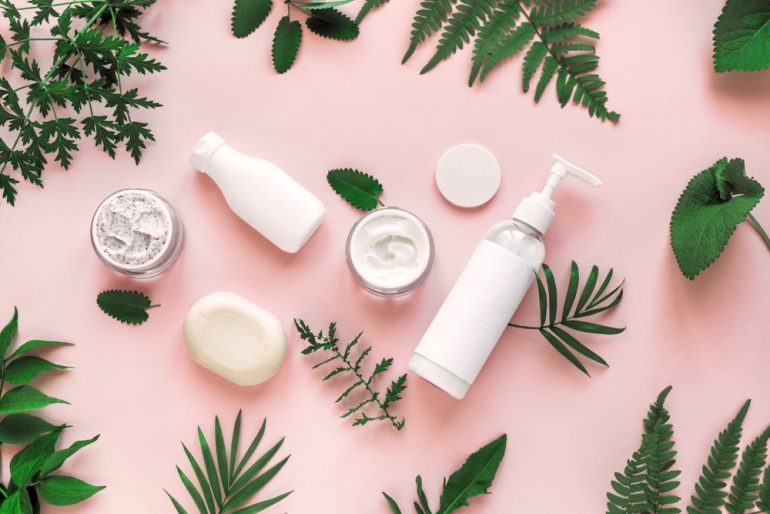With the COVID-19 induced lockdowns, consumers felt little need to apply make-up and maintain their external appearance. However, while staying at home, consumers found more time to pamper their skin to attain naturally healthy skin.
This motivated the luxury brands to shift their focus from colour cosmetics to premium skincare and home-based beauty treatments, according to GlobalData, a data and analytics company.
SEE ALSO : How to become a market leader in China?
For instance, in 2020, the Japanese multinational cosmetics giant Shiseido Company took the market by surprise when it announced plans to narrow its focus on high-end skincare to regain profitability by 2023.
The company swiftly divested a number of low-cost cosmetics and personal care brands in the first half of 2021.The strategy paid off with Shiseido’s revenues in the Asia-Pacific (APAC) region, excluding Japan, rose by 6 percent, and operating profit by 67 percent in Q1 2021. Other multinational players including AmorePacific, L’Oréal, L’Occitane, Estée Lauder and SK-II reported stronger H1 2021 results underpinned by robust sales of high-end skincare.
“Prestige cosmetics brands were among the worst hit by the multiple lockdowns, prolonged closure of beauty retailers and beauty salons along with travel bans. Nevertheless, there was a resurgence of premium and prestige cosmetics, which can be largely attributed to the affluent youth splurging on luxury goods to engage themselves as they were unable to travel or dine out due to the COVID-19 pandemic containment measures. As in previous years, the swift recovery of the segment was led by uber-rich Chinese consumers,” said Bobby Verghese, Consumer Analyst at GlobalData.
“GlobalData’s Q2 2021 consumer survey shines a light on this trend, with 40 percent of Chinese survey respondents with annual household income higher than US$30,977 affirming that they purchase beauty and grooming products online direct from the brand,” continued Verghese.
Moreover, luxury beauty brands were able to successfully make a transition to online distribution platforms. Earlier, these players were reticent of e-commerce out of fear that it would dilute the ‘premium’ allure of their brand, and that ‘online media’ could not replicate the depth of customer engagement of in-store shopping.
Luxury brands were able to harness e-commerce tools such as social live commerce, blogs/vlogs, online video portals, and key opinion leaders (KOLs). For instance, L’Occitane Japan leveraged live streaming and social selling for launching new products, and offering expert beauty consults and advice to customers.
SEE ALSO : Shiseido to sell personal-care business
“Going forward, prestige cosmetics brands are expected to unveil novel online/digital engagement concepts to make the online shopping experience just as entertaining, personalised and interactive as the in-store experience. This digitalisation push is critical for premium beauty brands to dilute their geographic and distribution risk and build resilience against events such as the economic recession, the US-China trade war and the COVID-19 pandemic,” concluded Verghese.
(Source: GlobalData)




